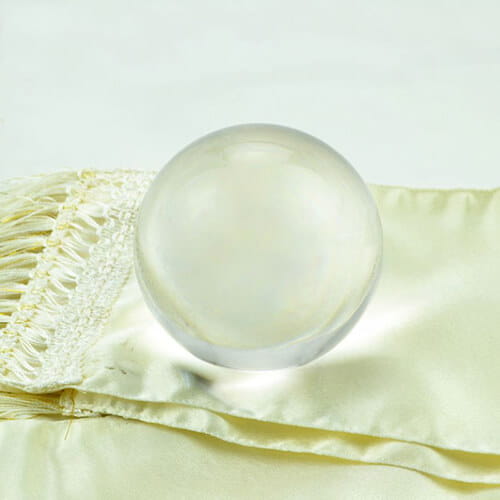
 admin
admin
 Apr 14,2018
Apr 14,2018

In China we have a very beautiful crystal ball, I think you will be more willing to call it contact juggling ball. Do you want to know how to choose the beat contact juggling ball to complete a beautiful show?
The basic differences among contact juggling balls are their sizes and construction material. Balls generally run from about 2.5 inches (6.5 centimeters) to 5 inches (13 centimeters) or more and are crafted from hard, scratch-resistant acrylics or a variety of softer materials. Four-inch (10 centimeters), soft-material balls are recommended for beginners working on basic one-ball maneuvers, as they\'re easier to work with. Professionals also prefer 4-inch balls, although theirs are typically made of acrylic.
Think you\'d like to work on body rolling, like chest rolls and arm rolls? Then you need a stage ball about 5 to 7.5 inches (13-19 centimeters). This makes them easier to roll along your body. Palm-spinners, by contrast, should look for smaller balls, as palms are smaller than arms and legs; 2.5-inch balls work well.
Plan to be performing? Pros favor vibrantly colored balls for aesthetic purposes. Clear orbs that evoke a crystal ball-like appearance are also popular. Acrylic is their material of choice because of its supreme durability. Of course, if a professional performs some body-rolling moves, he\'ll likely use a stage ball, which works better and is easier for the audience to see.
Whether you end up following in Michael Moschen\'s footsteps or simply learn to rock the "butterfly," any contact juggling skills you learn will keep you and others entertained for the rest of your life.

Support: Magic Lamp


 Home
Home Age and stage of good toys for young kids
Age and stage of good toys for young kids 


